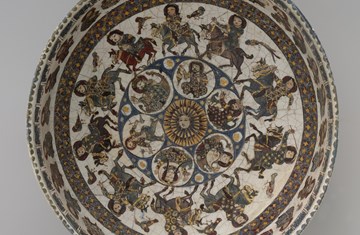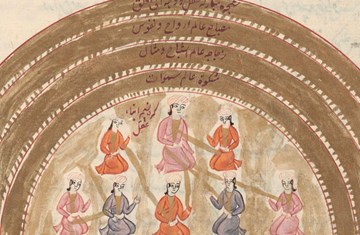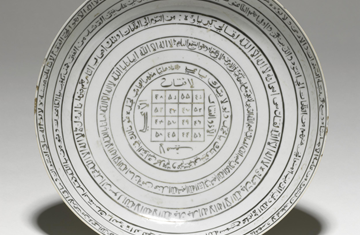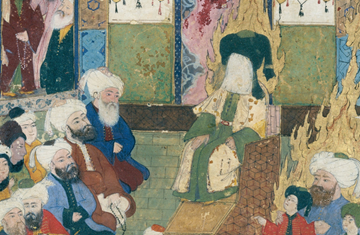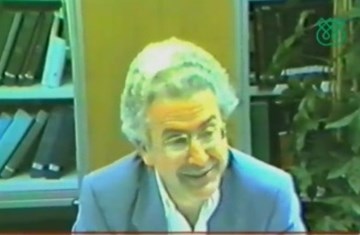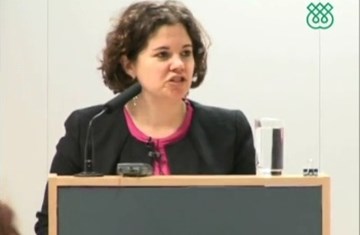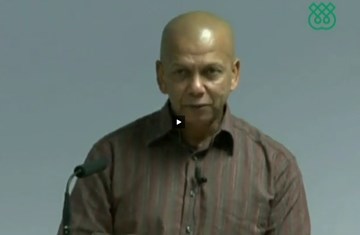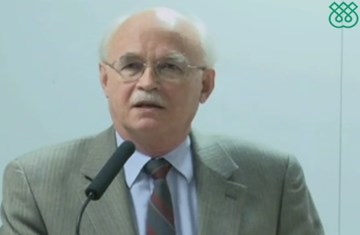Radical Love: Teachings from the Islamic Mystical Tradition
In this lecture, Professor Safi delves deeper into the essence of the spiritual path with a story from Rumi’s Masnavi to demonstrate how the mystics conveyed their teachings of the Divine.
On 26 March, Professor Omid Safi, Director of Duke University’s Islamic Studies Centre, took audiences through a mystical journey in his talk entitled, Radical Love: Teachings from the Islamic Mystical Tradition at the Aga Khan Centre. He spoke about the goals of the spiritual path and traced the popular poetic tradition that celebrates love for both humanity and the Divine.
Islamic mysticism, often referred to as Sufism or tasawwuf emphasises introspection and the spiritual closeness with God, whilst cherishing the qualities of tolerance and pluralism. Speaking about what the spiritual path ultimately means, Professor Safi said:
“If you want to call yourself a Muslim, you should rise to see the face of God and experience your own ascension. The whole goal of the spiritual path is to learn to breathe with God. The whole of who you are, in one. Be present wholeheartedly.”
Sufism has shaped literature and art for centuries and is associated with some of the most resonant pieces of Islam’s golden age - lasting from roughly the 8th through to the 13th centuries - including the poetry of the renowned Persian poet and philosopher Jalaluddin Rumi. To date, his poetry continues to inspire hearts and minds across the world. Situating Rumi within the larger narrative of Islam, Professor Safi commented:
“We talk about Rumi as if he is Mount Everest standing alone. If we take a more humble approach, we will see that Everest does not stand alone, it is part of the Himalayas, there is a whole mountain range that is propping up, holding, making space for, supporting, and pushing Everest onto ever higher heights. Mawlana Rumi is grounded and anchored in a tradition of love that goes all the way back to the Prophet, comes through Imam Ali and through an unfolding of 500 years of love mystics.”

